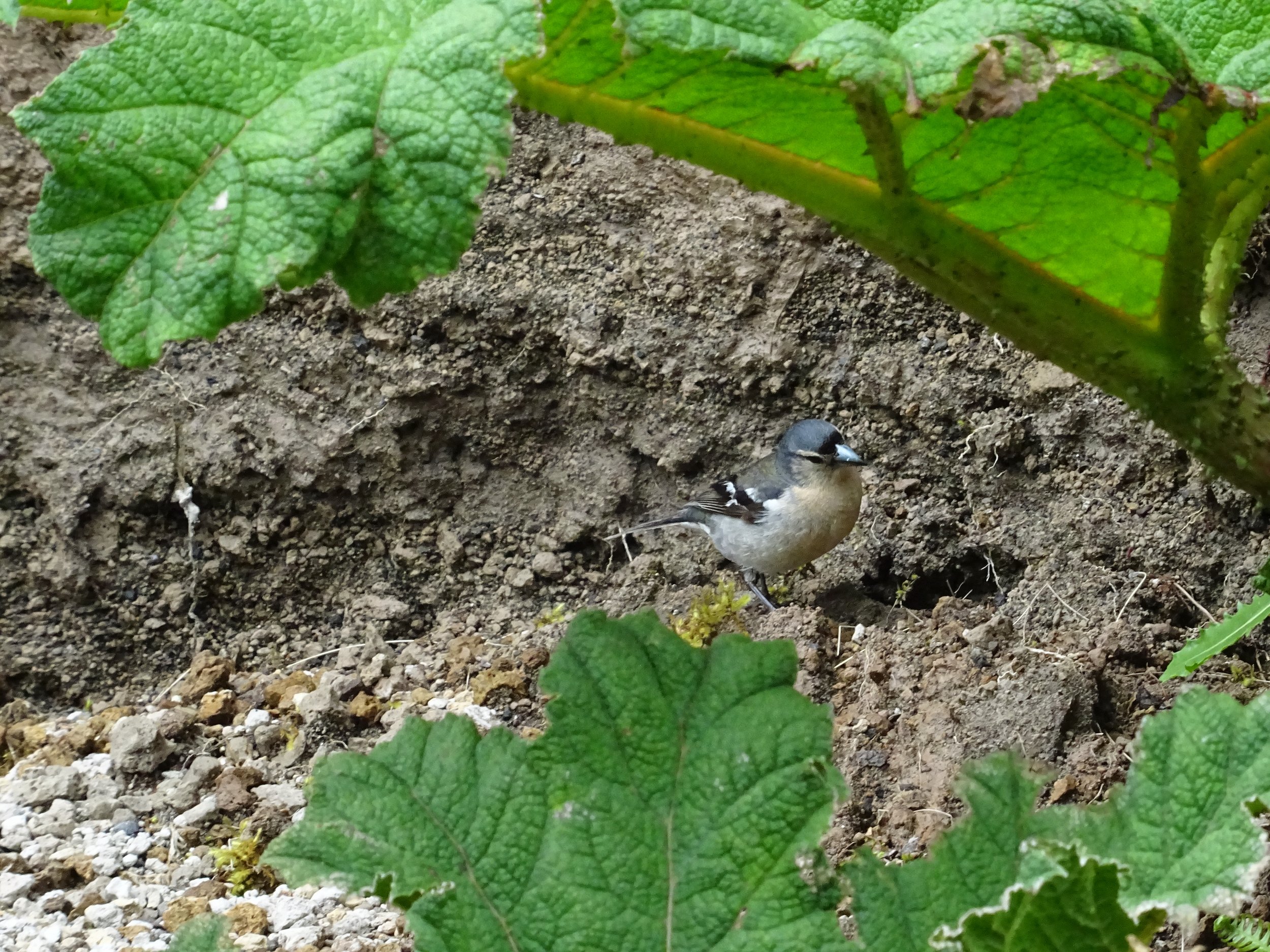CHAFFINCHES FLY APART!
Azores Chaffinch - about to become Fringilla moreletti (Photo CJH)
One of Europe’s most familiar birds - the Chaffinch - is about to become 5 species!
Ever since Peter Marler (1952) took an interest in variations in the song of Chaffinches it has been a favourite of scientists studying learning and birdsong. A year or two before he published that paper, Marler and a colleague had made a trip to the Azores. Islands had long been a favourite location for bird study, and it was well known that islands held fewer species than the nearest mainland, so interest grew in learning what effect a reduced number of competitors had on habitat use (Marler and Boatman 1951).
Azores Chaffinch. Different colouration and larger beak are the most obvious features (photo CJH)
The birds of the volcanic islands of the Atlantic (known as Macaronesia: Cap Verdes, Canaries, Madeira and Azores) were attractive, and the purpose of Marler’s trip was to build on previous studies. With his interest in their song already active, Marler paid special attention to the Azores Chaffinch (at that time Fringilla coelebs moreletti). Birds isolated on remote islands will evolve to different local conditions and pressures, and he observed in particular that they had different colouration, larger beaks and a different song (we’ll come back to this later).
The Macronesian Chaffinches were later studied more intensively by Grant (1979). But, despite these and other studies, the Chaffinches of Macaronesia were always regarded as sub-species of the Common European Chaffinch (Fringilla coelebs), with different sub-species assigned for each group of islands.
Today, species identities are studied not just by physical characteristics or voice, but via genetics and DNA analysis. Recently my attention was drawn to studies on the Chaffinches of Macaronesia by a Spanish team (Recuerda et al 2021), which made the case that the Chaffinch “sub-species” in these islands were sufficiently genetically different to qualify as true species in their own right. Furthermore, it was possible for the team to conclude from the genetic data that colonisation started from the mainland, first to Azores about 1 million years ago, then to Madeira and finally to the Canary islands (see the map below).
The International Ornithological Committee , which is the body controlling the official list of birds of the world, has accepted the recommendations of this study. So, in their next list due this year, the humble Common Chaffinch (Fringilla coelebs) will still exist for Europe, and will be joined by the African Chaffinch Fringilla spodiogenys; Azores Chaffinch Fringilla moreletti; Madeira Chaffinch Fringilla maderensis; and Canary Islands Chaffinch Fringilla canariensis. Four new species for the ardent listers to chase!
But back to 1951 and Peter Marler, who noticed Azorean Chaffinches sang differently. The only one of these islands I have ever visited was in 2019, to Sao Miguel in the Azores. This was back in the day when I innocently thought I was looking at the Common Chaffinch, but I was very struck by the song. I found it simpler in structure than songs in Northern Europe and with a very distinctive ending flourish:
Here are comparison sonograms; two phrases of the mainland bird followed by two phrases of the Azores bird :
Two examples of the song of the European Chaffinch followed by two examples of the Azores Chaffinch song
I also found them using a call which I have never heard on the mainland - rather like the familiar “chink-chink” alarm call, but not quite….:
So there you have it, the song and call difference from a bird about to be promoted to a trues species! Song differences like this do not necessarily make a new species, but may attract others with the same song, and so contribute to the process of speciation. Amazing what modern genetic analysis can tell us.
LEARN MORE about European Chaffinch songs and calls, HERE >>>>>>>






